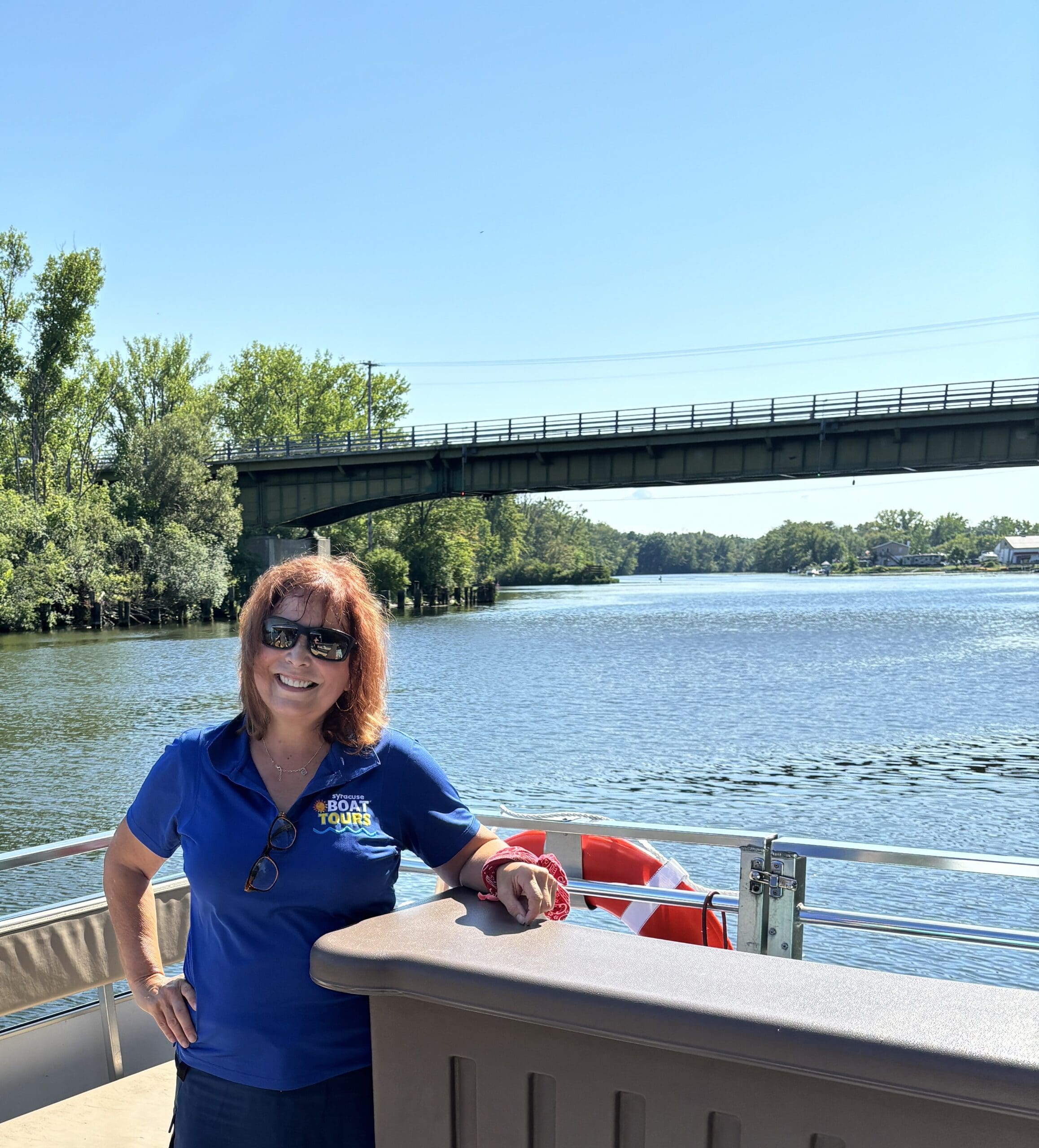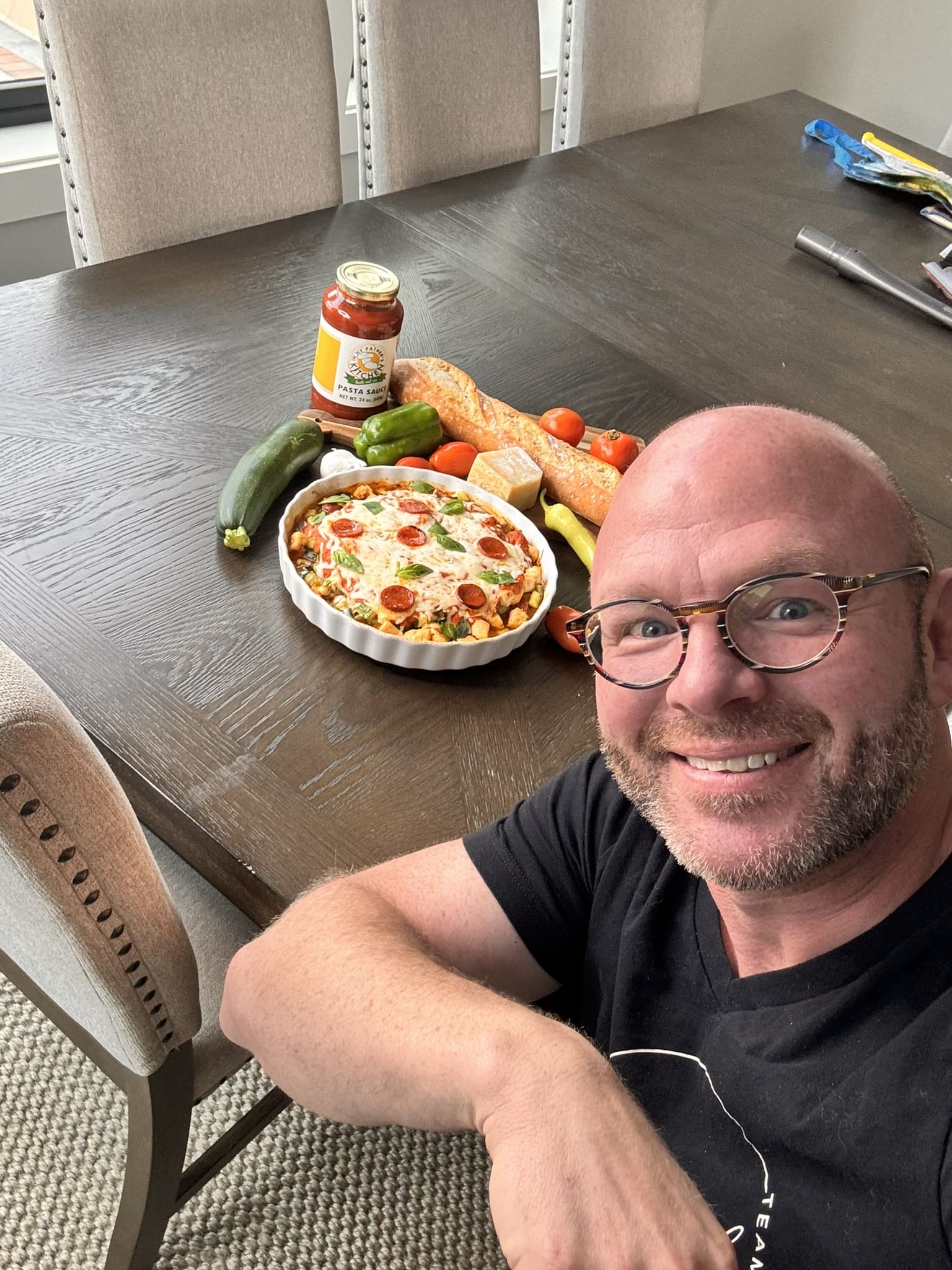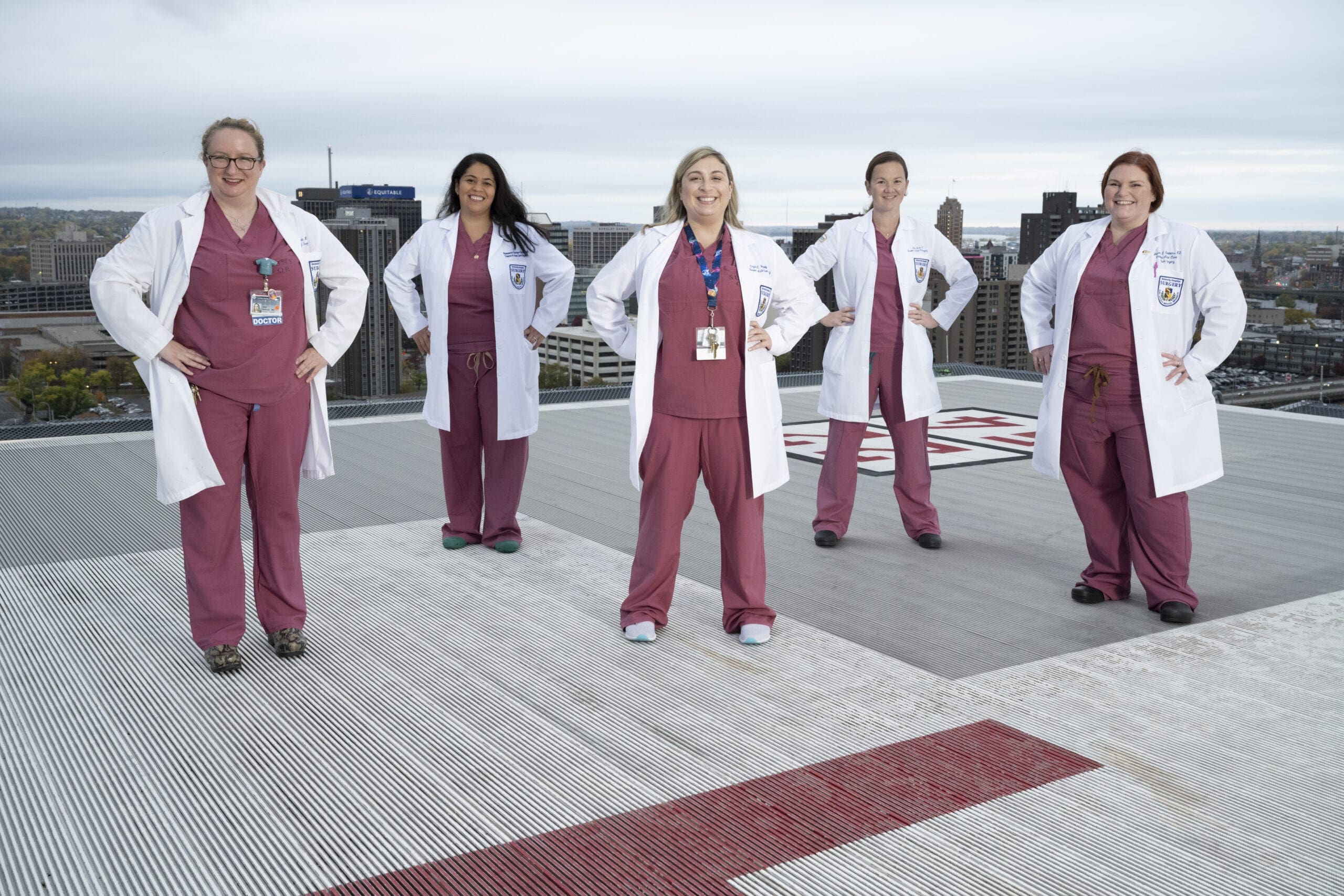Defining Inspiration
By Lorna Oppedisano | Photography by Mary Grace Johnson
If you’d have asked Kristy Smorol if she was inspirational when she was 8 or 9 years old, she’d probably have told you she was just living her day-to-day life.
Day-to-day life meant visits to doctors and hospitals, chunks of time out of school and rounds of chemo treatments for not one, but two, childhood cancers.
Now, as communications director for the American Heart Association, she gets to work with survivors every day. Many of them are asked to be inspirational nominees for the AHA’s annual Heart Walk. Sometimes, they say they’re not inspirational. Maybe it sounds cheesy, Kristy said, but to hear what they’ve been through and are going through is inspirational to her.
“I think inspiration’s in the eye of the beholder,” Kristy said. “I might think my story is whatever, or they might think their story isn’t that much, but their story might be what somebody needs to hear.”
It was due to her childhood battles with cancer that Kristy ended up working for a nonprofit. It was a “winding road,” though, she said.
When she was 8 years old, Kristy couldn’t breathe out of her nose. After a myriad of sinus medicines, specialists and diagnoses, it was decided that a polyp, or growth, was blocking her airways. During surgery to remove it, they realized it was actually a tumor, and couldn’t be removed.
She was diagnosed with b-cell non-Hodgkin’s lymphoma and underwent seven weeks of chemo and half a year of maintenance.
Then, the night before one of her appointments, Kristy slammed her foot on a linoleum tile, bruising a small bump that had already formed. At first, it was thought to simply be a plantar’s wart, but after examination, it was found to be a rare type of cancer, called primitive neuroectodermal tumor, or PNET. While the disease is usually found in the brain or bones, Kristy’s case, along with another patient’s at the time, caused doctors to create another branch of classification, called peripheral neuroectodermal tumor, since it was in soft tissue.
It was a lot for her mother, father and brother, Kristy said, but for her go-with-the-flow family, “it kind of became normal life. It went on for so long, since it was two cancers,” she said. “It was a long period of time of just, that was what we did.”
Because of her experience with cancer, Kristy was selected to be the telethon spokesperson for the Children’s Miracle Network, which included an interview, photo shoot and on-air time.
Kristy was a natural. Reporters like Carrie Lazarus even joked with her, telling Kristy she’d take their jobs one day.
So, when it came time for college, S.I. Newhouse School of Public Communications, a top-rated journalism school in her hometown, was a perfect fit.
When she got there, though, Kristy realized she wanted to take a slightly different direction of study. She loved being behind the camera even more than being in front of it, and opted to become a producer. She was hired at CNYCentral shortly before graduation, and spent seven years there as a newscast producer.
Eventually, Kristy wanted to settle down in a job with more typical work hours. She was drawn to the nonprofit sector, and, with her background of health complications as a child, the job at AHA was a great fit.
While it took her time to get used to the office atmosphere — “I found that I couldn’t make phone calls in the quiet office,” Kristy said with a laugh — the position as communications director gives her more time to spend with her husband and, as of last year, newborn son.
In her last five and a half years with the AHA, one of her main takeaways is the truly huge impact of the heart.
“Your heart is connected to everything,” she said, adding that even though she’s been in remission for 24 years, she still had to see a cardiologist when she was pregnant with her son.
As communications director, Kristy’s been involved with a number of projects, including Tobacco 21, which you can read more about on page 18, legislation for mandatory hands-only CPR training into schools and legislation for mandatory screening of newborns to detect congenial heart defects.
“It’s been really great to be part of these sweeping changes and make a huge difference,” she said. “We talk about the fact that you can educate someone, but you’re only reaching that person. Whereas if you can do policy change or environment change, then you’re really reaching hundreds or thousands of people. And you can really make a big difference that way.” SWM
For more information on the American Heart Association, visit heart.org.





